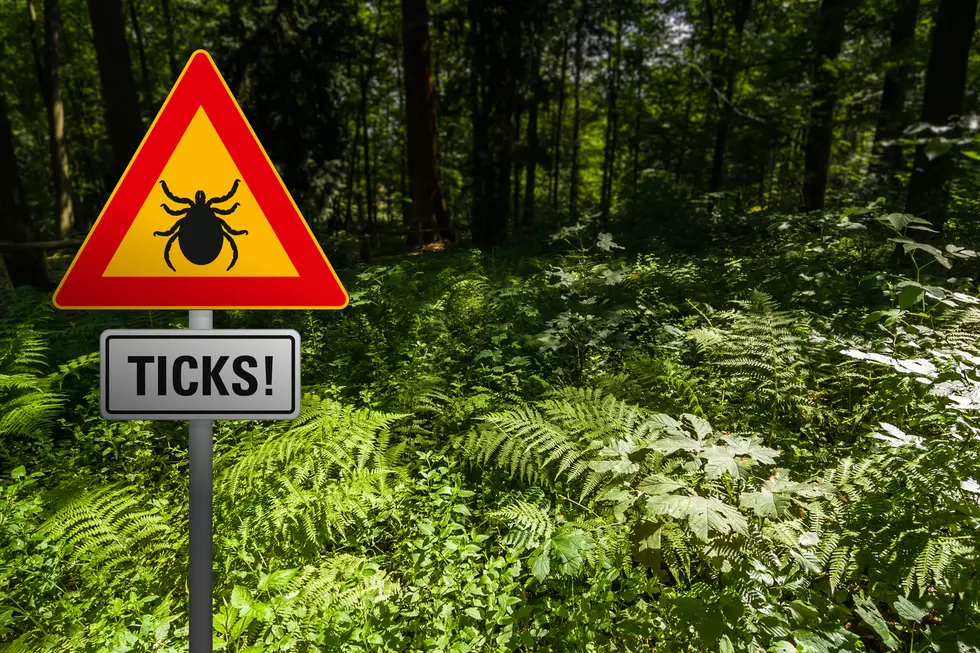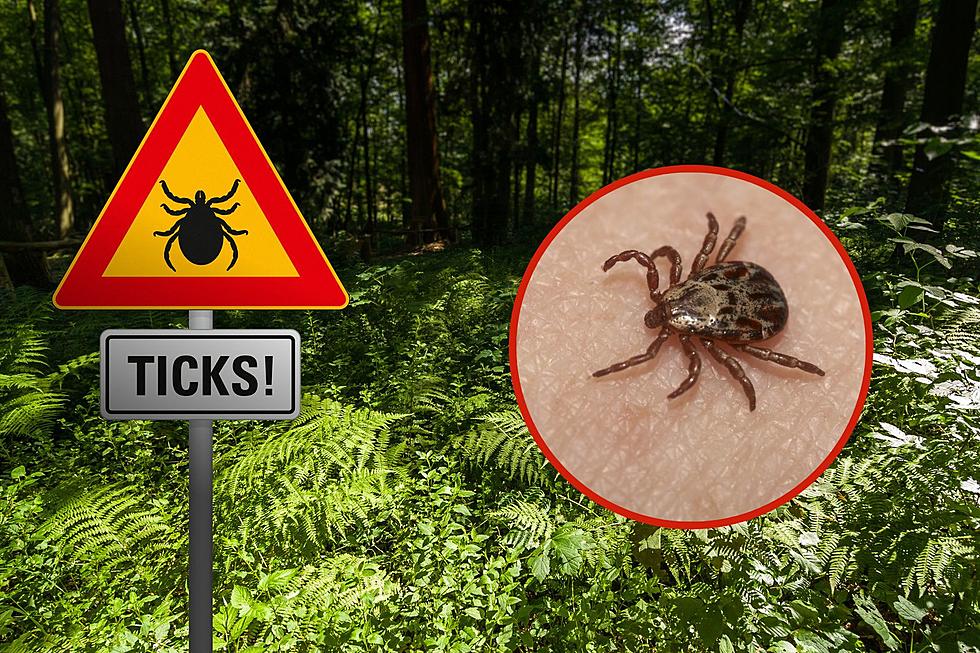
Tick Disease That Mimics COVID-19 On The Rise In Michigan
The hits keep coming in 2020. Next up on the list of things to be worried about is a tick-borne disease that mimics the symptoms of COVID-19.
Anaplasmosis is a disease caused by the bacterium Anaplasma phagocytophilum, according to the Centers for Disease Control and Prevention (CDC). These bacteria are spread to people by tick bites primarily from the blacklegged tick (Ixodes scapularis) and the western blacklegged tick (Ixodes pacificus).
People with anaplasmosis will often experience these symptoms; fever, headache, chills, fatigue, and muscle aches. Symptoms that are also experienced when a person has contracted COVID-19.
The tick-borne disease, anaplasmosis, is still pretty rare in Michigan but the number of cases continues to rise in our state each year, according to the Detroit Free Press.
In 2019, there were 12 cases of anaplasmosis documented in Michigan. That is a significant increase from just for cases of anaplasmosis in Michigan in 2014.
Tick populations have risen this year due to a mild winter followed by warmer temperatures. State health officials began seeing tick bites as early as December 2019. Residents are urged to avoid tick habitats and to take preventive measures.
- What you need to know according to the CDC:
There is no vaccine to prevent anaplasmosis. Prevent illness by preventing tick bites, preventing ticks on your pets, and preventing ticks in your yard. - Ticks live in grassy, brushy, or wooded areas, or even on animals, so spending time outside camping, gardening, or hunting will bring you in close contact with ticks.
- Spending time outside walking your dog, camping, gardening, or hunting could bring you in close contact with ticks. Many people get ticks in their yard or neighborhood.
- Treat clothing and gear with products containing 0.5% permethrin. Permethrin can be used to treat boots, clothing and camping gear and remain protective through several washings. Alternatively, you can buy permethrin-treated clothing and gear.
- Use Environmental Protection Agency (EPA)-registered insect repellents external icon containing DEET, picaridin, IR3535, Oil of Lemon Eucalyptus (OLE), para-menthane-diol (PMD), or 2-undecanone. EPA’s helpful search (click here for list) icon can help you find the product that best suits your needs. Always follow product instructions. Do not use products containing OLE or PMD on children under 3 years old. Products meant for humans should not be used on pets.
- Make sure pets are treated with a tick preventative.
- Check your clothing for ticks. Ticks may be carried into the house on clothing. Any ticks that are found should be removed. Tumble dry clothes in a dryer on high heat for 10 minutes to kill ticks on dry clothing after you come indoors. If the clothes are damp, additional time may be needed. If the clothes require washing first, hot water is recommended. Cold and medium temperature water will not kill ticks.
- Examine gear and pets. Ticks can ride into the home on clothing and pets, then attach to a person later, so carefully examine pets, coats, and daypacks.
- Shower soon after being outdoors. Showering within two hours of coming indoors has been shown to reduce your risk of getting Lyme disease and may be effective in reducing the risk of other tick-borne diseases. Showering may help wash off unattached ticks and it is a good opportunity to do a tick check.
- Check your body for ticks after being outdoors. Conduct a full-body check upon return from potentially tick-infested areas, including your backyard. Use a hand-held or full-length mirror to view all parts of your body. Check these parts of your body and your child’s body for ticks: under the arms, in and around the ears, inside the belly button, back of the knees, in and around the hair, between the legs, and around the waist.

KEEP LOOKING: See what 50 company logos looked like then and now
More From WBCKFM









